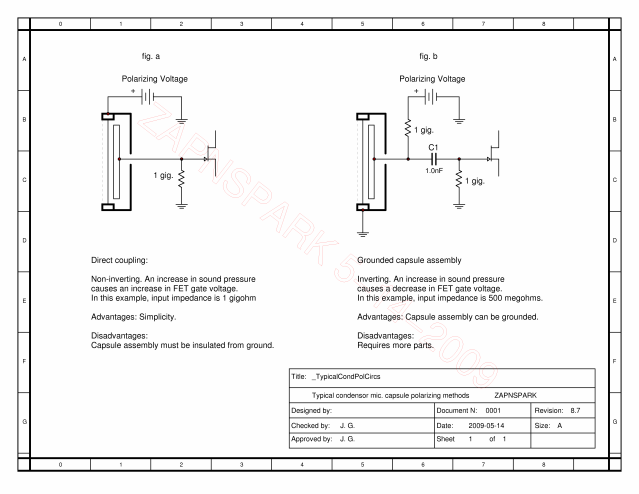I searched don't worry
And I think I have an idea of what it is. I read someone saying it's like stretching a drum head. But I don't know much more than that.
I'd like to adjust mine a bit on an MXL 603. What am I looking for as far as component changes? Is it a voltage multiplier circuit?
Lastly, tighter = what, looser = what
in terms of voltages and the way the capsule responds. In other words what is it doing to the sound?
thanks!!
And I think I have an idea of what it is. I read someone saying it's like stretching a drum head. But I don't know much more than that.
I'd like to adjust mine a bit on an MXL 603. What am I looking for as far as component changes? Is it a voltage multiplier circuit?
Lastly, tighter = what, looser = what
in terms of voltages and the way the capsule responds. In other words what is it doing to the sound?
thanks!!
































![Soldering Iron Kit, 120W LED Digital Advanced Solder Iron Soldering Gun kit, 110V Welding Tools, Smart Temperature Control [356℉-932℉], Extra 5pcs Tips, Auto Sleep, Temp Calibration, Orange](https://m.media-amazon.com/images/I/51sFKu9SdeL._SL500_.jpg)





